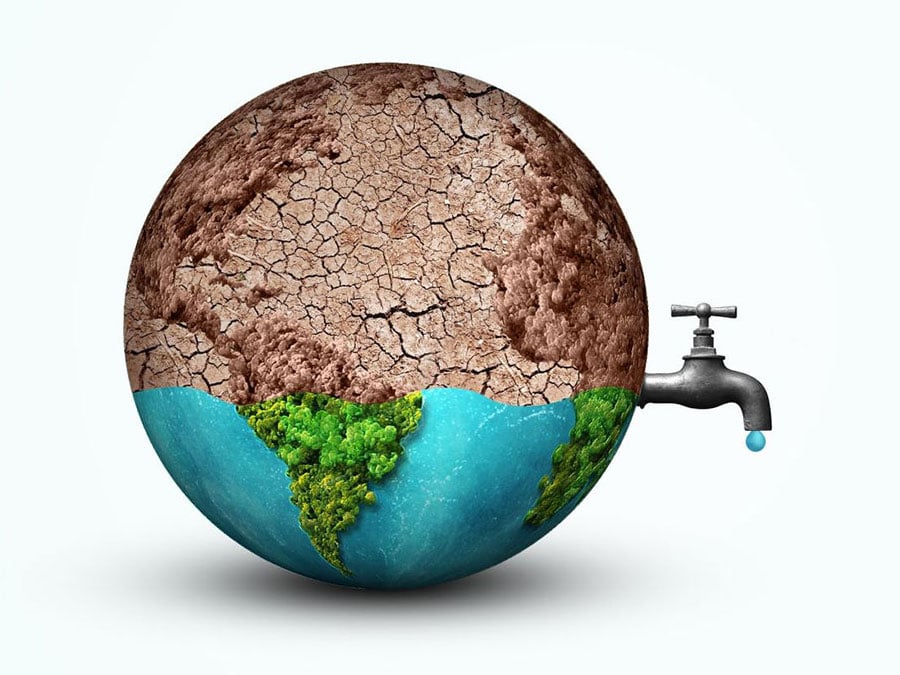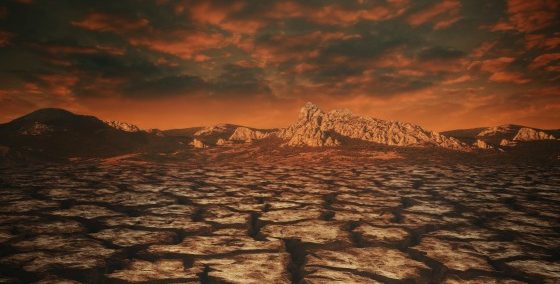“When you drink the water, remember the spring.”
— Ancient Chinese proverb
The thirst of humans and our technology for water, according to two important studies, is bottomless and accelerating, even if the precious liquid itself is finite on this planet.
One study shows that human activity has massively altered the world’s flow of surface water and imperilled water cycles critical for life as varied as fish and forests.
The other confirms that in many places on Earth aquifers and groundwater wells are being pumped and mined faster than they can be replenished.
The concept of the technosphere helps to explain the forces in play. U.S. geologist Peter Haff has described the technosphere as a parasitic offshoot of the living Earth, or biosphere. This largely autonomous force, committed to endless consumption, wields a “matrix of technology” that directs the flows of energy, materials, water and waste across the globe. It leaves in its wake enormous streams of pollution: plastic, carbon dioxide, nitrogen and the foulest of water.
Haff observes that “humans have become entrained within the matrix of technology and are now borne along by a supervening dynamics from which they cannot simultaneously escape and survive.”
But the technosphere grinds on, damming, pumping, mining, harvesting and supporting all manner of artificial environments supposedly on behalf of the world’s eight billion people, who remain largely blind to the vast amounts of water needed to sustain it all…
…click on the above link to read the rest of the article…








